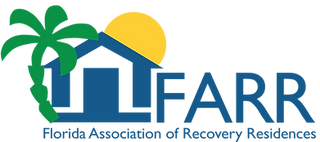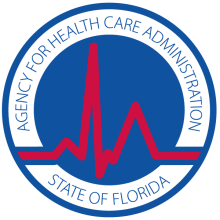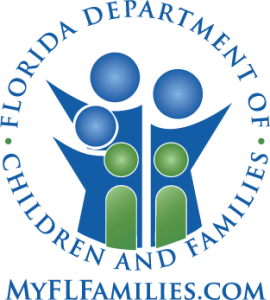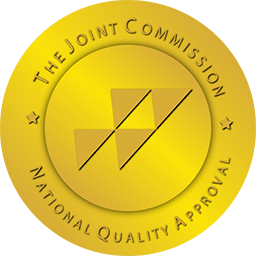While it can be difficult and painful for individuals to access past trauma and abuse, we gently yet thoroughly help identify, reconnect, and heal the patient’s pain, to provide the opportunity to live a fulfilling life, free from the chains of trauma and abuse.
Our innovative dual diagnosis program provides treatment tailored to the individual, integrating the full range of treatment options to meet each patient’s specific dual diagnosis treatment needs for the mind, body, spirit, and emotions.

About Posttraumatic Stress Disorder (PTSD)
- Nightmares, hallucinations, or flashbacks of re-experiencing the traumatic event.
- Avoidance all things associated with the event, often showing a sense of detachment.
- Increased arousal displayed by difficulty sleeping, irritability, difficulty concentrating, extreme alertness, or jumpiness.
Those diagnosed with PTSD experience symptoms for longer than 1 month and are unable to function as they did before the event. PTSD usually appears within 3 months of the traumatic experience, but in some circumstances can surface months or even years later. PTSD can occur at any age.
Acute stress disorder is an anxiety disorder similar to PTSD. Also in response to a traumatic event, acute stress disorder involves symptoms of re-experience, avoidance, and increased arousal. But there are two main differences. Firstly, acute stress disorder features a greater element of dissociation – those with the disorder experience detachment, a sense of withdrawal from reality, or even sometimes amnesia. The second major distinction between PTSD and acute stress disorder is in the length of time the symptoms are experienced. Acute stress disorder occurs within 4 weeks of the traumatic event and lasts between 2 days and 4 weeks, while PTSD may occur over a longer period. What is first sometimes thought to be acute stress disorder is often eventually diagnosed as PTSD.
Treatment of Trauma and Abuse
- Promote each patient’s self-esteem and sense of self-worth.
- Teach patients to participate in creating their own physical, emotional, sexual, psychological, and spiritual safety and growth.
- Help patients develop functional thinking processes and coping mechanisms.
In addition to the individual’s drug and alcohol abuse treatment, Transitions Recovery patients requiring treatment for trauma and abuse may benefit from therapy through:
- Cognitive-Emotional-Behavioral Therapy (CEBT).
- Psychodrama.
- Eye Movement Desensitization and Reprocessing (EMDR).
- Expert medication management.
- Psycho-educational lectures.
- Consultations for grief, loss, spirituality, nutrition, and fitness, as appropriate clinically.
- Comprehensive Family Program.
An atmosphere of acceptance and belonging helps break the feelings of isolation that patients suffering from trauma and abuse or dual diagnosis treatment for drug and alcohol abuse may have experienced. The safe, therapeutic environment at Transitions Recovery allows the patient to reduce pain and shame while exploring memories and perceptions associated with the trauma and abuse.
Trauma and Abuse Family Program
- Identify problems that have had significant impact on the family system.
- Change attitudes and behaviors between family members and patients.
- Clarify the healthy support role of the family.
Transitions Recovery offers a continuum of care to provide support at every stage of recovery from trauma and abuse as well as drug and alcohol abuse, from extended inpatient care to intensive out patient treatment to lifetime continuing care.
For more information about our trauma and abuse program or to find out if you or a loved one may require drug and alcohol abuse treatment, call 800-626-1980 now to talk to a caring, knowledgeable counselor.








